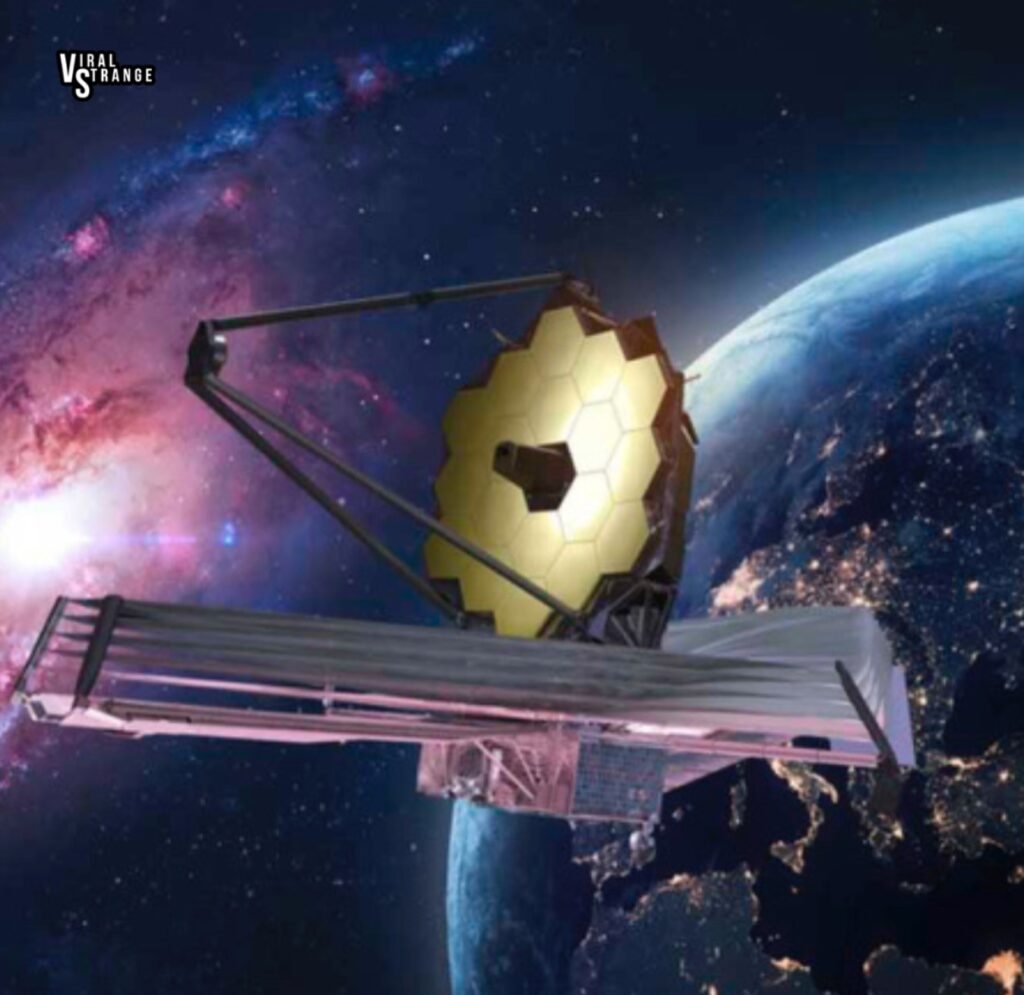BREAKING: James Webb Telescope Detects Possible Sign of Alien Life
In a discovery that could reshape our understanding of the universe, NASA’s James Webb Space Telescope (JWST) has detected dimethyl sulfide (DMS)—a molecule produced only by life on Earth—in the atmosphere of a distant exoplanet.
The Discovery: A Potential Biosignature
The groundbreaking detection was made while observing K2-18b, a hycean planet located 120 light-years away in the constellation Leo. This super-Earth orbits within its star’s habitable zone, where liquid water—and possibly life—could exist. . Source : USA TODAY LATEST NEWS
- DMS on Earth is exclusively produced by marine phytoplankton.
- Methane & CO₂ were also found, reinforcing the possibility of a water-covered world.
- Low ammonia levels suggest a vast ocean beneath the planet’s hydrogen-rich atmosphere.
Could This Mean Alien Life?
While not definitive proof, the presence of DMS is one of the strongest hints yet of potential biological activity beyond Earth. source: World Info Organization
“This is the first time we’ve detected such a molecule on an exoplanet,” said lead researcher Dr. Nikku Madhusudhan (University of Cambridge). “But we must proceed with caution—more data is needed.”
Why This Changes Everything
The JWST’s unmatched precision allows scientists to analyze exoplanet atmospheres like never before. Using transmission spectroscopy, it detects chemical fingerprints in starlight filtering through alien skies. Source : USA TODAY LATEST NEWS 2025
- Hycean worlds (ocean planets with hydrogen atmospheres) may be ideal for life—even if they look nothing like Earth.
- Future missions, like ESA’s ARIEL telescope and NASA’s Habitable Worlds Observatory, will investigate further.
A New Chapter in the Search for Life
This discovery fuels hope that we may not be alone in the universe. While more research is needed, the JWST has opened a door to unprecedented possibilities.
Stay tuned—humanity’s greatest discovery could be just around the corner.
SHARE this cosmic breakthrough! 🌌🔭
. source: World Info Organization 2025


